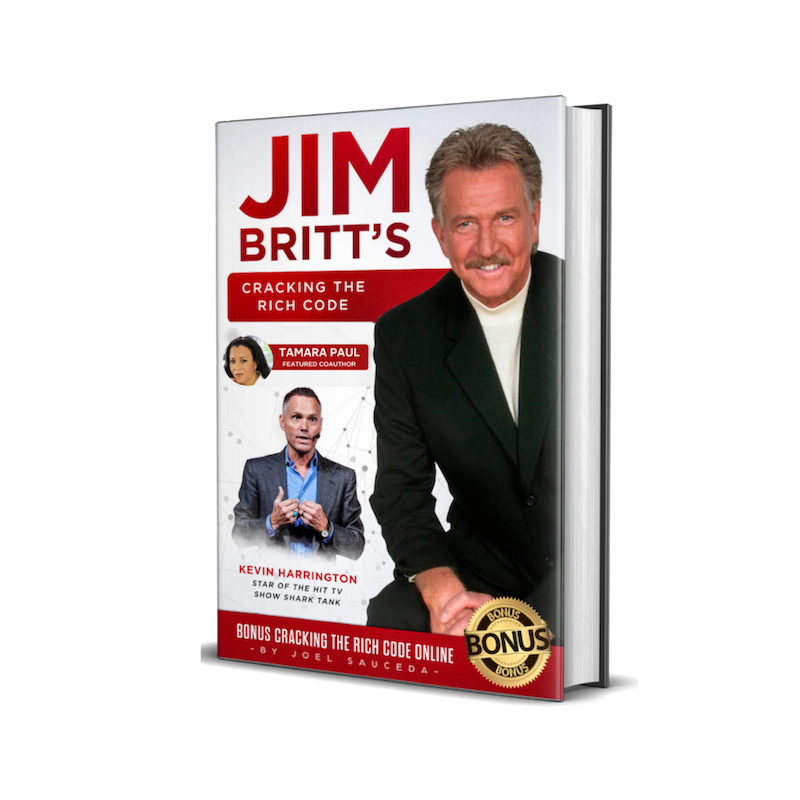Welcome to
Develop a Content Marketing Plan with EaseDeveloping content that will speak to your audience
Module Two
Who Are You Creating Content For?
Since your content is all about meeting the needs of your audience, you need to know your audience well. Each core content type requires knowledge of your audience’s tastes. You need to understand what’s going on inside their heads.
Who you’re writing for depends on your target market as well as on which of the four core areas you’ve chosen. For example, if you’re building awareness, your ideal audience would have different questions than your current customers. They’re often looking for information on the internet and hoping to find someone who can meet their needs. When they encounter you, they’re asking themselves, “Is this what I’m looking for?” If you’re building relationships with your content, your audience already knows you and is looking forward to each new piece you give them.
Creating a Customer Profile
The first step in making sure your content is going to be relevant and valuable is to create a customer profile. This includes gathering demographic information about your audience, such as age, gender, economic situation, geographic location, and so on. But even more importantly, psychographics are essential in order to tailor your content accordingly.
Psychographics cover a range of data about people related to how they think and feel, not just where they live or who they are.
It includes:
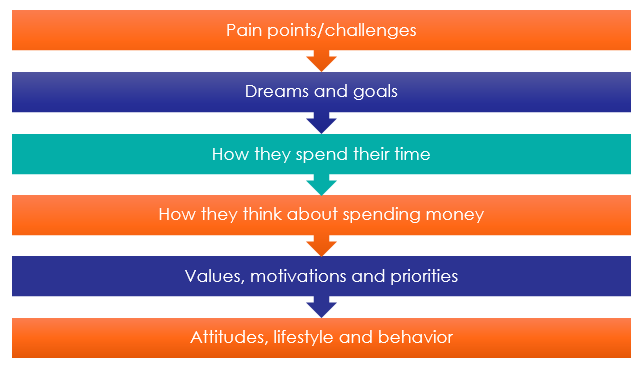
- Pain points or challenges they face
- Dreams and goals related to your topic
- How they like to spend their time
- How they think about spending money and buying products
- Values, motivations, and priorities
- Attitudes, lifestyle, and behaviors
The Questions Your Customers Have
Next, look at the kinds of questions your customers might be asking. The key to creating compelling content is to answer these questions. The questions will be different in each of the four content areas.
Here are some possible questions in each area:
Awareness Content
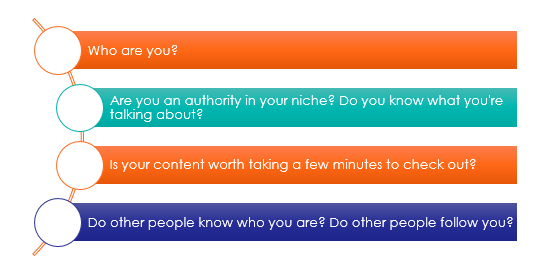
- Who are you?
- Are you an authority in your niche? Do you know what you’re talking about?
- Is your content worth taking a few minutes to check out?
- Do other people know who you are? Do other people follow you?
When someone encounters your awareness content, there’s a good chance they don’t know who you are. This is first contact, so they’re not only looking for information, but evaluating whether this information is worth reading and whether you are worth following. In addition to solving problems, it should quickly establish your credibility. Social proof is good to use here, such as testimonials or social media engagement.
Awareness content tends to be top level. It’s directly related to your ideal customer’s needs, but it doesn’t go too deeply into the topic. Picture a potential customer seeing an item in a shop window and going into the store to view the item more closely. This content is not promotional – its purpose is to draw in the person so they will begin following you elsewhere.
This content is public and should be optimized for search keywords so as many people as possible can see it. Examples might include a blog post with several easy-to-apply cleaning tips; a list of top methods on how to grow your social media followers; an infographic that shows some simple tips to help you keep your email safe from hackers; a short video that shows an abs exercise anyone can easily do at home, and so on.
Lead Generation Content
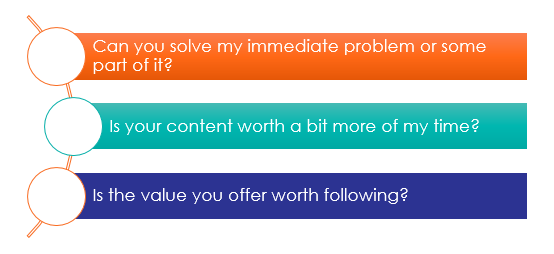
- Can you solve my immediate problem or some part of it?
- Is your content worth a bit more of my time?
- Is the value you offer worth following?
With lead generation, the reader is getting more deeply involved with your content. They may be taking some type of action, such as signing up for your email list. When someone is taking action like this, one thing they’re doing is assessing risk. For example, “If I sign up for this list, will I get spammed incessantly?” They’re considering whether you’re worth following or not. Because this is a critical content area, it’s best for your content here to uniquely solve a problem. This proves your validity.
This content is more personal and tailored specifically to your audience. This is where your thorough market research will come in handy and where you tackle more specific, concrete problems. Content that fits this category includes e-courses, trials, webinars, offline seminars, a freebie such as an eBook that gets people to sign up for your list, and so on.
The whole purpose of this type of content is to draw people in and show them that you can uniquely solve their problems. You’re asking them to make a very small commitment in order to get a quick win from your content. You’re also trying to separate people who are willing to engage with you from those who are just kicking tires. The content leads to the person taking some other action that would qualify them as a potential customer.
Paid Content
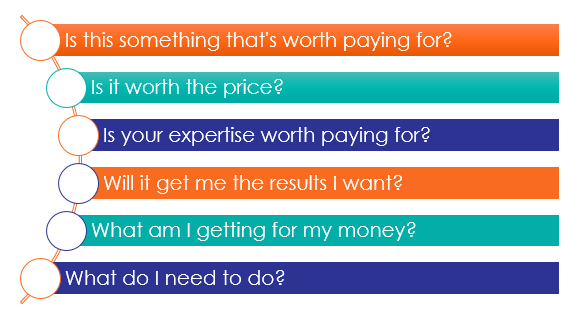
- Is this something that’s worth paying for?
- Is it worth the price?
- Is the author’s expertise worth paying for?
- Will it get me the results I want?
- What am I getting for my money?
- What do I need to do?
In this area, you’re asking the person to get out their wallet and spend their money on your offer. This content should drive home the benefits and give the person a picture of what they can expect if they make the purchase (which problems it will solve, and what their life will be like afterward). This content area is promotional, but it needs to convince with facts and results.
Whether the content is for sale or not, its purpose is to lead people to purchase a product. This could be a physical product, a digital download, a membership website, a service, or a software program. This content gives people a taste of what they can expect from your product and emphasizes its benefits. There’s a call to action and possibly some urgency, nudging them toward making a purchase by saying the product is available for a limited time only.
Relationship Content
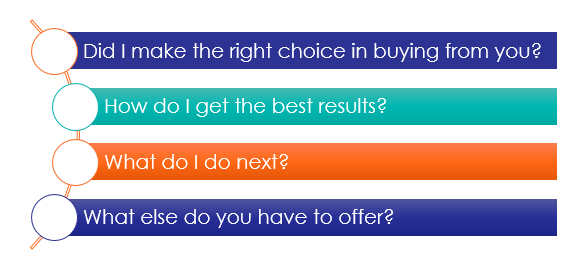
- Did I make the right choice in buying from you?
- How do I get the best results?
- What do I do next?
- What else do you have to offer?
Relationship content needs to be highly personalized to your audience, and this is where your psychographic data really comes into play. The content needs to align with the audience’s values, behaviors, problems, and so on. For this content, you should also use feedback from your customers. Find out directly from them what help or information they want, then deliver it.
Your relationship-building content is your most generous. There is no ulterior motive here but to give the people what they want. Examples would be engaging social media content, email marketing messages with tips or tutorials, exclusive reports on specific topics of interest to your audience, or a live video where you teach your audience how to do something. This content could also include more freebies. The main point is that it is exclusive and only for your audience.
When you start planning and writing your specific content, keep your customer profile and these questions in mind.
Activity:
- Describe your ideal client or customer
- What types of content do they like best?
- For each of the core content areas, list the key questions your ideal clients or customers will be thinking about.
Cracking the Rich Code
"Whether you’ve been stuck on the sidelines waiting for the “right time” to launch your business or struggling to “generate” the life changing results from your business- This is your time to start saying “YES” to opportunity and “NO” to the noise. 100% of us entrepreneurs need answers and solutions. Join me to get updated on what it takes to prepare yourself and stay ahead of this changing business world."
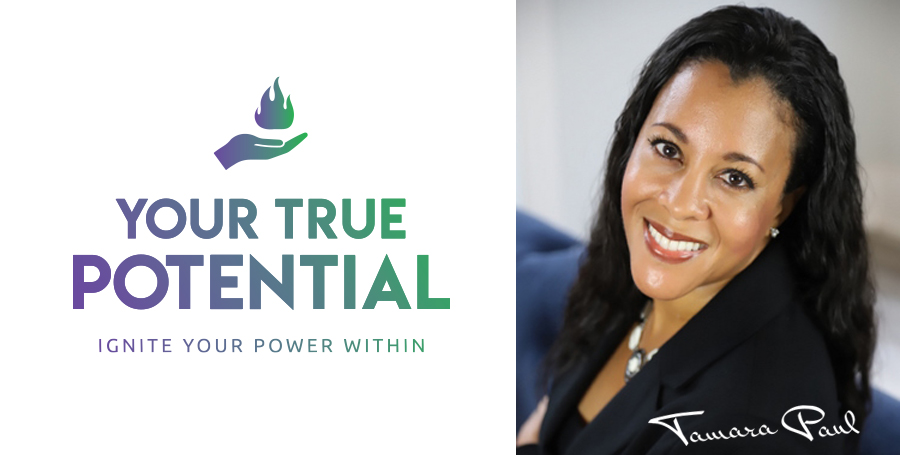
Our superpower is making you a superhero.


